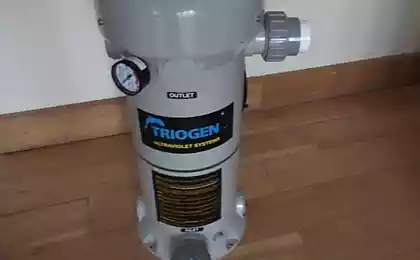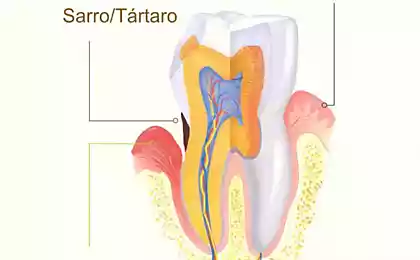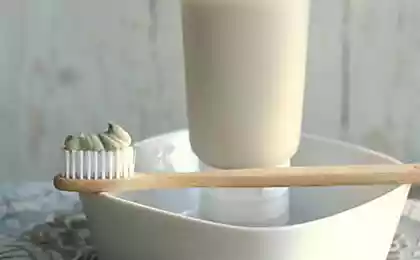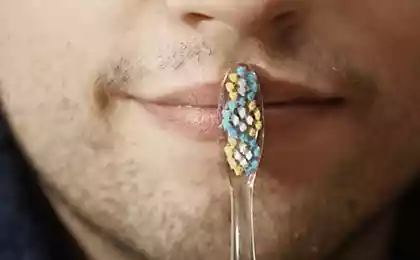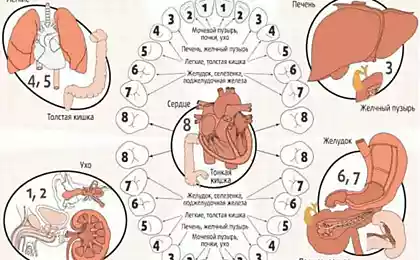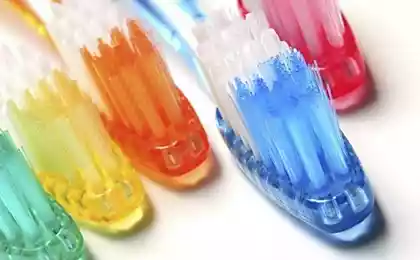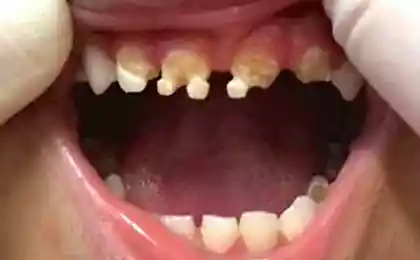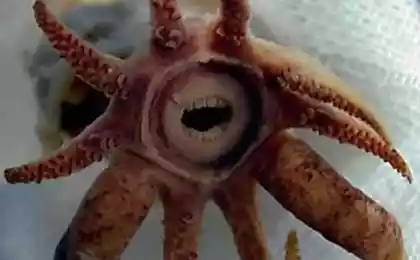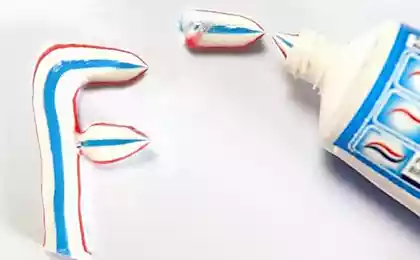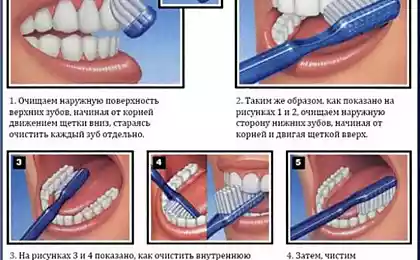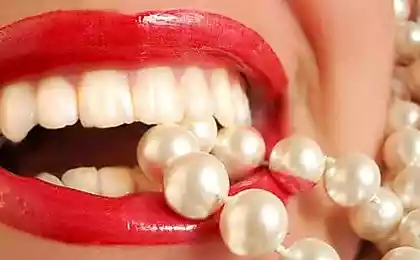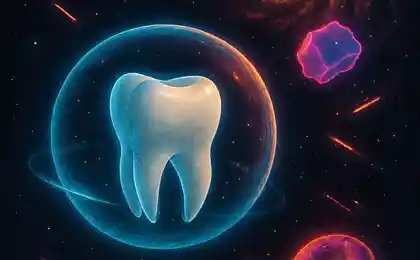131
Non-contact treatment of caries with ozone
Treatment of caries with ozone involves disinfecting with triatomic oxygen molecules, rather than mechanical removal of tissues affected by caries. Ozone molecules can remove 99.99% of all cariesogenic microorganisms in the carious cavity.
The procedure takes place in 3 stages:
1. A special silicone cap is applied to the tooth, connected to the tip of the apparatus for ozone therapy.
2. From under this cap, air is sucked out, thereby creating something close to a vacuum.
3. Ozone is fed into the cap to affect the microflora. All cariesogenic microorganisms die within 20-30 seconds.
The main advantage of treating caries with ozone therapy is the possibility of treating teeth without using a drill (only with small carious defects). In other cases, you will still have to drill a tooth and possibly do anesthesia.
Disadvantages of dental treatment with ozone therapy
Source: estet-portal.com
The procedure takes place in 3 stages:
1. A special silicone cap is applied to the tooth, connected to the tip of the apparatus for ozone therapy.
2. From under this cap, air is sucked out, thereby creating something close to a vacuum.
3. Ozone is fed into the cap to affect the microflora. All cariesogenic microorganisms die within 20-30 seconds.
The main advantage of treating caries with ozone therapy is the possibility of treating teeth without using a drill (only with small carious defects). In other cases, you will still have to drill a tooth and possibly do anesthesia.
Disadvantages of dental treatment with ozone therapy
- the need to drill a tooth in 99% of cases, otherwise there is a possibility that inside and outside there will be a large number of relatively softened tissues that will not be able to carry a full load.
- The use of devices for ozone therapy is advisable only in children's clinics, when there is no possibility to use a drill. In this case, softened enamel and dentin are first scraped with curettage spoons, and then the remaining tooth tissue is disinfected with ozone. The seal is then installed.
Source: estet-portal.com
